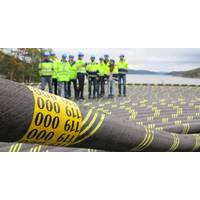
Nexans to Deliver Subsea Cables for Second Malta-Sicily Interconnector
and consists of subsea cable linking Maghtab, Malta, and Ragusa, Sicily. It will be installed in parallel with the existing interconnector, previously delivered by Nexans in 2015.As part of Malta’s national energy strategy, the project will increase security of supply, integrate more renewable energy sources, and support the country’s 2030 climate and energy targets."We are proud to contribute to Malta’s energy infrastructure. Delivering this second interconnector strengthens the energy link between Malta and Sicily, ensuring long-term stability for the country’s electricity

Belgian and Greek Contractors Reel In UK’s HVDC Interconnections Deal
;s strategy to secure long-term partnerships that support deliverability for critical projects in the UK.The U.K. Government’s commitment to achieving Net Zero by 2050 has placed significant emphasis on expanding the country’s electricity grid infrastructure to integrate renewable energy sources, such as offshore wind.National Grid’s cable framework aims to support this transition, ensuring a robust and reliable energy network, and this framework will play a crucial role in enhancing grid resilience, facilitating renewable energy integration and ensuring energy security for the
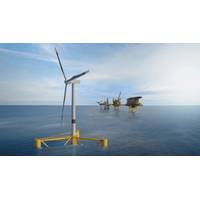
Delmar Systems to Deliver Moorings for TotalEnergies’ Culzean Floating Wind Pilot
, and assembly.“We are honored to be part of this pioneering project with TotalEnergies and Archer Wind. Our involvement in the Culzean floating wind pilot project underscores our commitment to supporting the advancement of floating wind technology and enhancing the integration of renewable energy sources,” said Leopoldo Bello, CCO at Delmar Systems.The Culzean Floating Wind Pilot Project, selected in Crown Estate Scotland’s Innovation and Targeted Oil & Gas (INTOG) leasing round, aims to demonstrate the viability of hybrid power generation on offshore facilities and test a promising
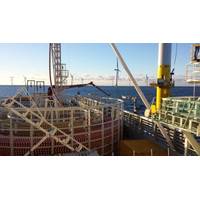
Jan de Nul Hires Correll for Cable Termination Works at Thor Offshore Wind Farm
organization. It is an honor to contribute to the installation of what will be Denmark's largest offshore wind farm. This project, which will be part of our 2025 activities, aligns with SPIE Global Services Energy diversification strategy and will play a key role in the transition to low-carbon energy sources,” said Gianluca Petraccia, Wind Power”Business Unit Director at SPIE Global Services Energy
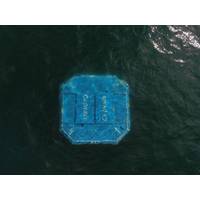
US Wave Energy Set for Government Commercialization Boost of $112M
funding to American developers so they can advance their technologies with the goal of providing millions of Americans with locally sourced, clean, and reliable energy,” said Jennifer M. Granholm, U.S. Secretary of Energy.Energy from ocean waves is abundant and complementary to other renewable energy sources, like wind energy and solar power. Even if only a portion of this technical resource potential is captured, wave energy technologies would make significant contributions to U.S. energy needs by powering U.S. electric grids and at-sea activities, as well as rural and remote communities that often

Partners Developing Underwater Single Photon Imaging System
. Uses include the installation and operation of offshore wind farms, oil and gas rig decommissioning, environmental monitoring and security operations. The demand for ever more detailed seabed information will only increase as the world continues to become more environmentally aware and uses cleaner energy sources.The project has been running for two years and testing of the prototype equipment will start in April 2024
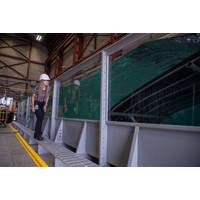
US DOE Launches $14.5M Marine Energy Research Call
facing marine and ocean renewable energy industries and spur innovation and development.The opportunity will provide funding for foundational research and development (R&D) activities to advance marine energy and offshore wind technologies with the goal of more widely deploying renewable energy sources.The opportunity will fund projects across four topic areas.The first topic area, with up to $5 million available, is reserved for projects that generate publicly available data and test platforms that will help identify cost reductions and performance improvement pathways for the advancement
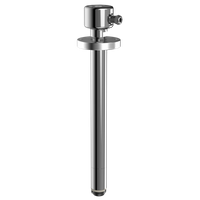
Halogen Delivers Chlorine Analyzers for Offshore Wind Farms
feedback and control, the manufacturer noted, adding the sensors also have a long service life, making them ideal for offshore applications.Halogen's president, Michael Silveri, said, "We are very proud to be part of this innovative project that will contribute to the transition to renewable energy sources. Our chlorine sensors will help to ensure the optimal performance and longevity of the offshore wind turbines while protecting the marine environment. It is another great example of how our technology can provide solutions for various industries and applications."
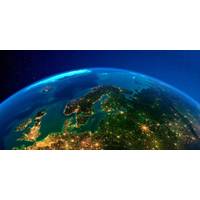
Tapping the Gas Bank in the Barents Sea
has a role that is more important than is generally understood. In a country such as ours, where we’re basically self-sufficient in our supply of electricity, many find it difficult to realise the importance of our gas for Brits and Europeans.”The need for gasGas is one of the largest energy sources for generating electricity in Europe, and Norwegian gas covers around one-quarter of Europe’s energy consumption, according to Eurostat. Norwegian gas meets the annual household needs of 800 million people.In April 2023, Gassco and the NPD presented a study which concludes that increasing


 February 2025
February 2025





